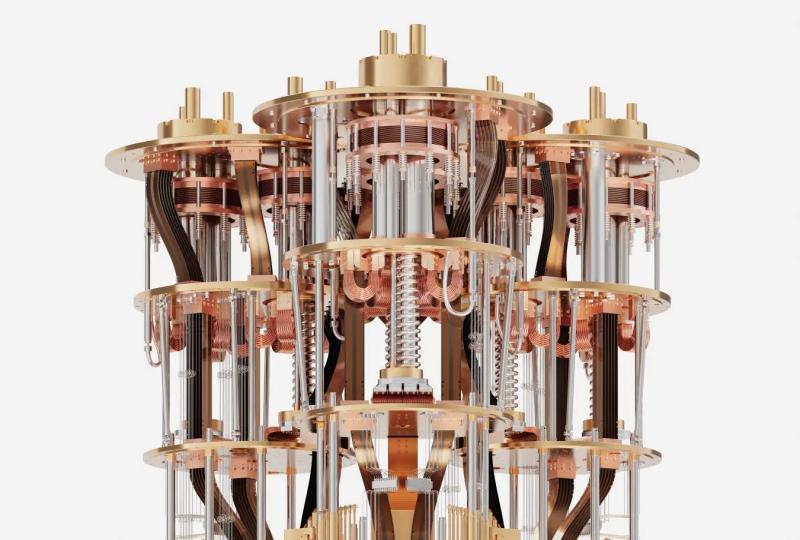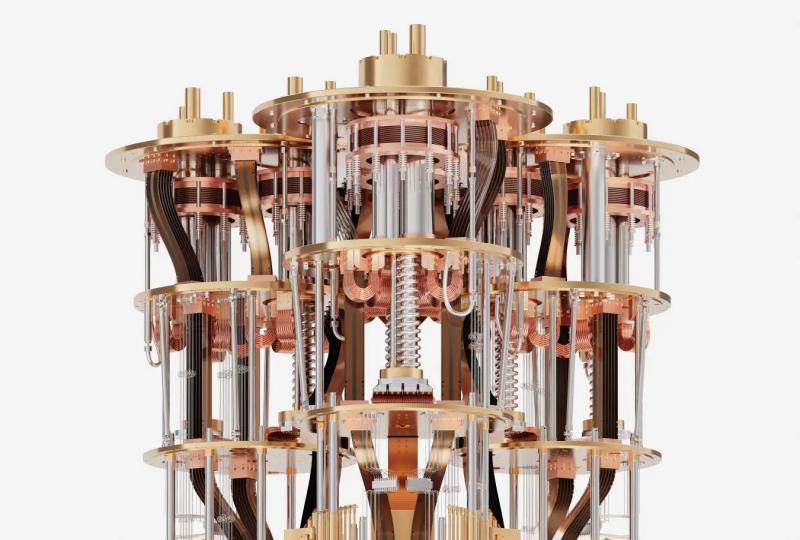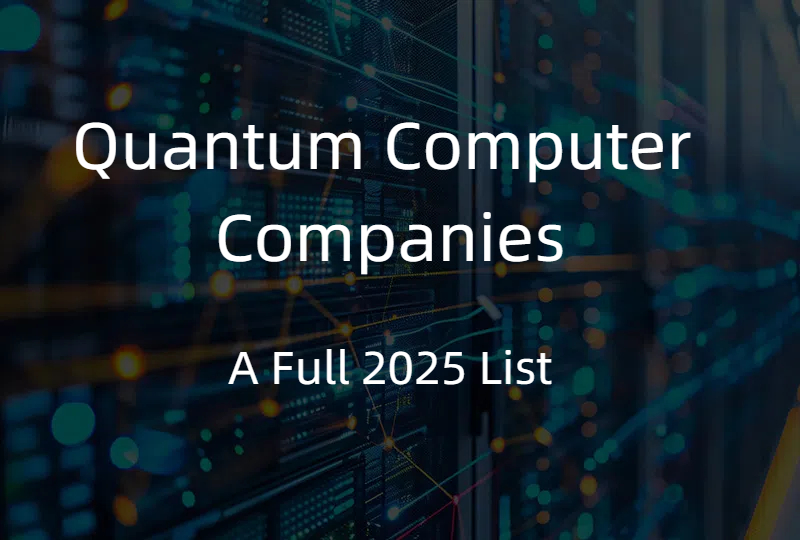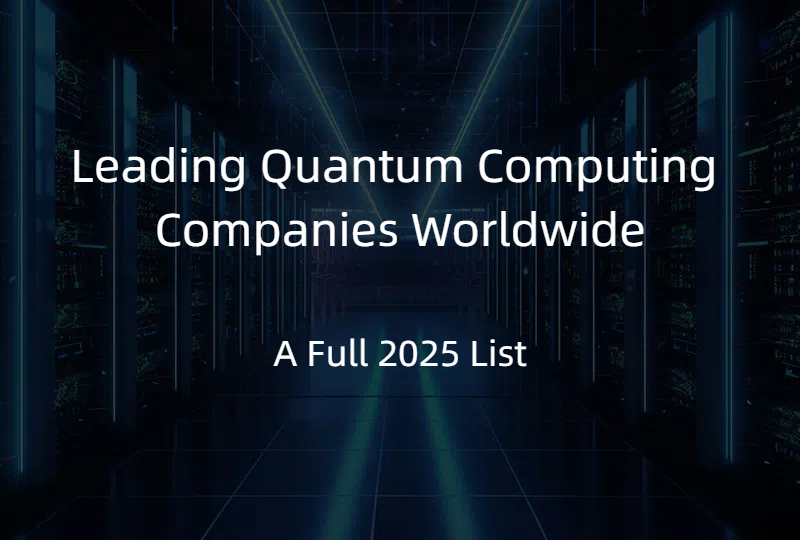Founded in 1861, Vassar College is recognized as one of the leading liberal arts colleges in the United States, renowned for its educational philosophy of integrating the humanities, arts, and sciences. The college adopts a “department-led, interdisciplinary collaboration” model, with more than 30 independent departments and interdisciplinary programs spanning the natural sciences, social sciences, humanities, and the arts. Vassar’s open curriculum policy provides students with abundant research opportunities and emphasizes a unique approach that combines small class sizes with deep undergraduate involvement in research.
In recent years, Vassar College has continued to advance curriculum innovation by integrating cutting-edge technology. The recent introduction of the SpinQ Gemini Lab system has enabled the establishment of a 1- to 3-qubit teaching-grade quantum experiment platform. This upgrade has enhanced multiple laboratory courses within the Department of Physics and Astronomy, positioning the college as a forward-thinking leader in the field of quantum technology education.
Integrating Interdisciplinary Curriculum and Research Training to Foster Quantum Talent
The Department of Physics and Astronomy at Vassar College upholds the philosophy of “small scale, high investment, and research-intensive education.”
Leveraging advanced laboratory facilities, close faculty-student collaboration, and a practice-oriented curriculum, the department provides undergraduates with a research training platform comparable to those found at leading research universities.
With core strengths in condensed matter physics (focused on quantum materials) and observational astronomy, the department is dedicated to cultivating professionals who possess both strong academic foundations and outstanding practical skills.
The Lack of Hands-On Quantum Hardware: “Like Learning Music Without Ever Touching an Instrument”
Since joining Vassar College, Juan Merlo has been committed to advancing quantum computing education and providing undergraduates with opportunities to participate in frontier research on quantum materials. However, he has faced two major practical challenges.
The first is the significant cost barrier of equipment. Industrial-grade quantum computers cost over a million dollars and require an operating environment near absolute zero (−273°C), making them inaccessible for smaller colleges. Even renting cloud-based quantum computing resources incurs high hourly costs, which are difficult to integrate into regular teaching.
The second challenge is the gap between theory and practice. Current courses can only use simulators to teach quantum algorithms, leaving students with no hands-on experience with real hardware. As a result, it is difficult for them to fully understand key physical phenomena such as quantum decoherence and quantum error correction.
Affordable and easy-to-operate teaching-level quantum devices are essential to overcoming these barriers. Merlo notes, “Most quantum computers on the market today are not suitable for teaching purposes. It is challenging to establish a laboratory that serves both educational and research needs, which poses difficulties for instruction.”
“Our students can derive quantum gate matrices, but have never actually manipulated a real qubit—this is like learning music without ever touching an instrument,” Professor Merlo emphasized.
Implementing Practical Quantum Education with SpinQ Gemini Lab: A New Benchmark for Innovative Teaching
In 2024, Professor Merlo identified a compact, teaching-oriented quantum computer through market research, whose core features precisely address the pain points of traditional quantum education—making it an ideal solution for liberal arts college settings.
Lightweight Hardware Design: Operating at room temperature with nuclear magnetic resonance (NMR) technology, the system allows for qubit manipulation without the need for cryogenic environments. Its energy consumption is significantly lower than that of industrial-scale equipment.
Modular Experimental Interface: The platform supports fundamental operations on 1–3 qubits (such as Hadamard and CNOT gates) and is paired with user-friendly visual programming software. Students can directly control the hardware through open interfaces.
Comprehensive Experimental Coverage: From quantum state preparation and gate operations to quantum state tomography and measurement, the system fully replicates the essential processes of quantum computation.
Assistant Professor of Physics and Astronomy, Juan Merlo (left), recruited two physics majors—Tristan Christofferson (center) and Amanda Flores (right)—to train other students on the use of the SpinQ Gemini Lab.
In practical teaching, Vassar College has already integrated the device into its laboratory courses. Professor Merlo selected two physics majors, Tristan Christofferson and Amanda Flores, to become the first students to master the equipment. Both have now gained a comprehensive understanding of the system's operating principles and are capable of conducting experiments such as quantum entanglement state preparation. They plan to begin training other students in the spring of 2024.
Christofferson remarked, "Now that we can operate a real quantum computer, our understanding of quantum computing principles is much more profound than what can be achieved through simulators." When delegations from other U.S. universities visited, the live demonstration of quantum entanglement preparation conducted by Vassar students became a model case for innovative practical teaching at liberal arts colleges.
"The key is that we have, for the first time, implemented teaching with an actual quantum computer, allowing students to understand the essence of problems that classical computers cannot solve," explained Professor Merlo. He noted that the fundamental difference between quantum and classical computing lies in their computational units—classical computers operate on binary bits, while quantum computers use qubits. Because qubits possess properties of superposition and entanglement, they can process massive computational tasks in parallel, showing unique advantages in complex scenarios such as weather forecasting, financial modeling, and materials simulation. He further illustrated, "The parallelism of qubits is like exploring thousands of solution paths at the same time—something impossible for classical computers, which operate sequentially."
“Lightweight Hardware + Structured Curriculum” Empowers Small Institutions with Real Quantum Hardware Teaching Capability
Since its launch in 2024, the SpinQ Gemini Lab has been widely recognized for its precise adaptation to educational environments. Drawing on years of experience in quantum education, SpinQ Technology has identified that the core market need extends beyond standardized teaching equipment to include an open and interactive system that bridges the entire process from theoretical instruction to experimental operation.
In response, the SpinQ Gemini Lab quantum computing experimental platform was developed with innovations such as an open-chassis design and full-process visual operation. These features allow students to intuitively grasp quantum principles through hands-on experiments, supporting a wide range of needs from foundational teaching to advanced research practice.
Based on a philosophy of accessible and engineering-driven technology development, SpinQ Technology has achieved three major breakthroughs in miniaturization, interactivity, and cost control of quantum devices. Professor Juan Merlo commented, “The ease of maintenance and cost-effectiveness of the SpinQ Gemini Lab have far exceeded our expectations. With departmental funding alone, we were able to procure this system—making it possible for small institutions to access real quantum hardware for teaching. The device leverages room-temperature NMR technology, and its low energy consumption and affordable price have lowered the hardware barriers for quantum education.”
Vassar College’s experience demonstrates the replicable logic of a “small yet sophisticated” paradigm in quantum education: the key is not absolute hardware performance, but rather precise alignment with educational needs. This model offers clear advantages: for institutions, the combination of lightweight hardware and a structured curriculum allows liberal arts colleges to seize new opportunities in quantum education; for students, hands-on experience with hardware significantly enhances learning outcomes. According to Merlo’s research, students participating in quantum experiments show marked improvement in both conceptual understanding and enthusiasm for learning.
“Our goal is to empower students for the future with cutting-edge technology,” Merlo emphasized. “As the first institution of our size to deploy a real quantum computer, we are giving our students a crucial head start for research and career development.” He further shared his long-term vision: “My ultimate goal is to lead students in building a quantum computer from the ground up—and we’re already on that journey.
Contact us to learn more and receive additional case studies.Contact Us | SpinQ










